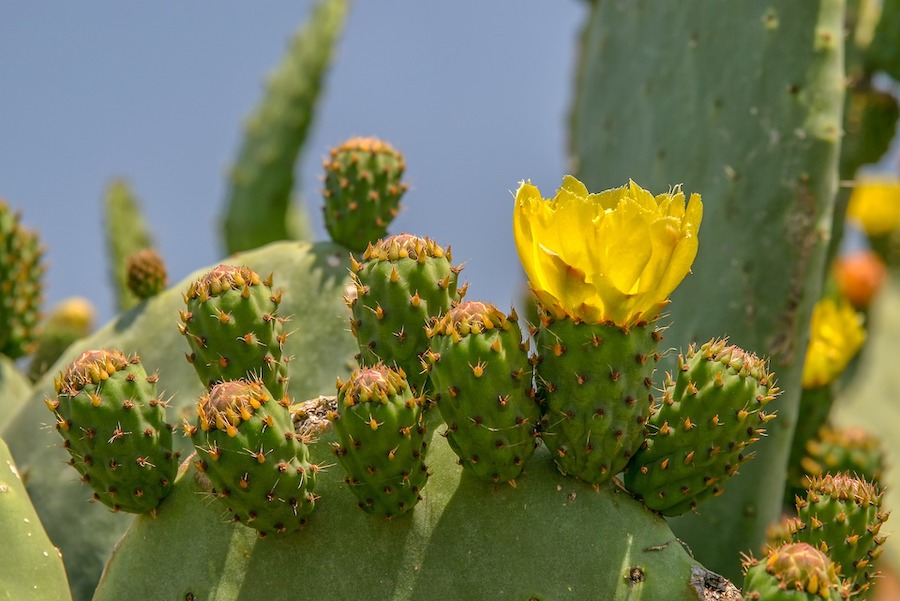Texas
Invasive moth species poses serious threat to Texas’ prickly pear cactus

TX— The prickly pear cactus is a landscape staple here in Texas, officially declared the state plant back in the 1990s. It’s a charismatic part of the Southwest terrain and serves as home to hundreds of native insect species.
Stretched all across the Lone Star State, the spiny plant thrives in our largely warm and dry climate. For now.
Lurking in the shadows is an invasive moth species that threatens to devastate the prickly pear population.
Colin Morrison, a doctoral student with the Brackenridge Field Laboratory at the University of Texas at Austin, studies the prickly pear enemy and the danger it poses to the Texas landscape.
Morrison says the moths have the potential to destroy Texas’ prickly pear cactus population, “potentially causing a massive loss of economic viability, habitat stability and a lot of things Texans care about.”
Arriving in Texas two years ago and establishing itself along the Gulf Coast, the invasive moth species has already spread 120 miles inland from its original location.
“There’s nothing indicated at this time that they won’t make it to Central Texas,” Morrison said.
The invasive moths destroy the plant by laying 50 to 100 eggs along the spine of the cacti pads. Once caterpillars, the insects burrow inside and spend their lives feeding on the inner cactus. Not only does this emaciate the plant, it also poses a much larger threat to our ecosystem as a whole.
“You can think of an ecosystem with all these different members representing this great diversity like a pyramid, where every species is a brick in the pyramid,” Morrison describes. “Some bricks are bigger than others. You can imagine a situation where you pull out a few bricks and it’s still going to hold up itself. We’re concerned that if the prickly pear cactus became much less of an important part of that ecosystem and we pulled out that really big brick that it might bring that pyramid closer to collapsing.”
Morrison, along with a team of UT researchers, are hoping to find solutions to avoid disrupting the balance of our Central Texas ecosystem, methods of resilience for ranchers and property owners, all while maintaining the land’s integrity and beauty.










